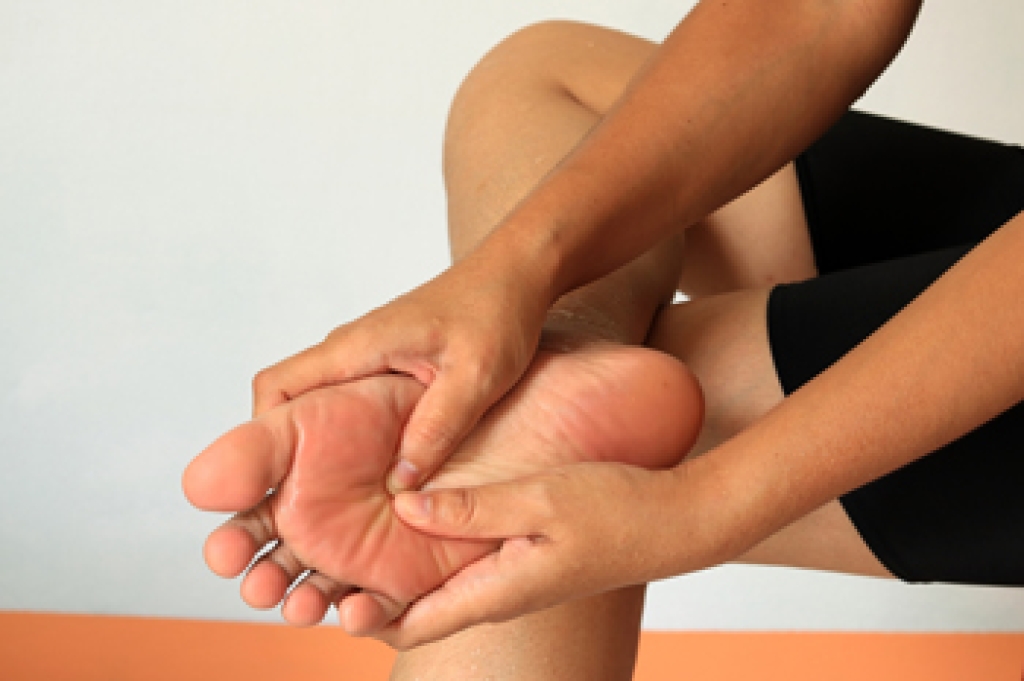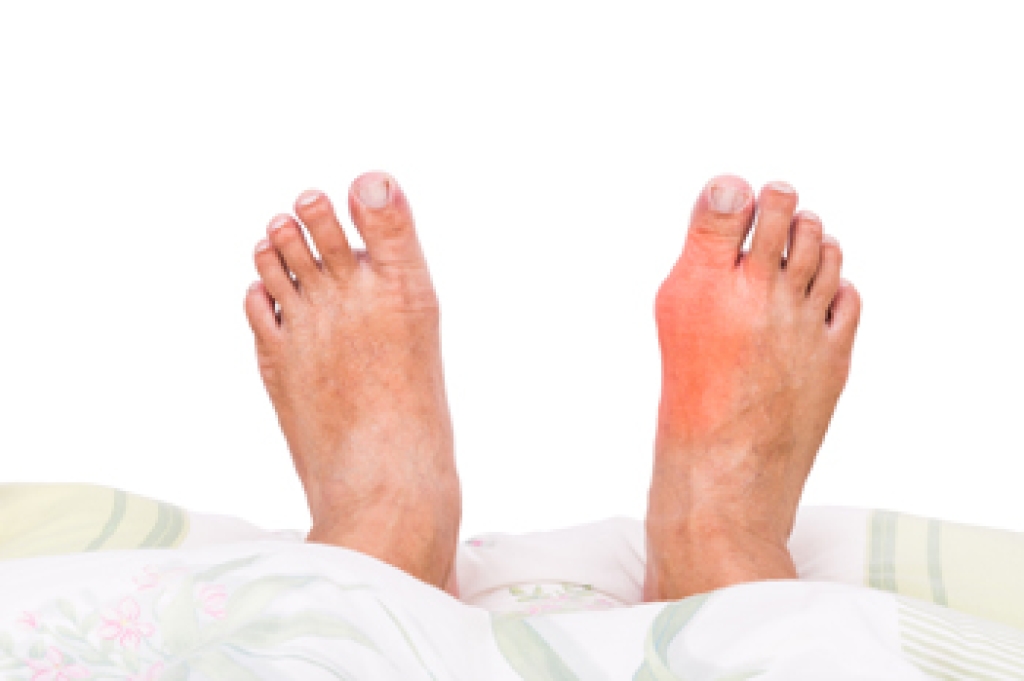
Diabetic neuropathy damages the nerves in the feet due to prolonged high blood sugar levels, making people more vulnerable to serious foot problems. Nerve damage often causes numbness, tingling, burning, or sharp pain in the toes and feet. Because sensation is reduced, injuries like cuts, blisters, or sores may go unnoticed, allowing them to worsen into ulcers or become infected. In advanced cases, untreated wounds can lead to gangrene and the possibility of limb loss. Neuropathy can also weaken the muscles in the feet and ankles, increasing the risk of imbalance and falls. Some people may develop changes in foot shape, which can lead to bone fractures and collapse. A podiatrist can detect early warning signs of neuropathy through a thorough foot exam, provide treatment to relieve discomfort, and help prevent further complications. If you have symptoms of neuropathy in your feet, it is suggested that you make an appointment with a podiatrist for ongoing help in managing this condition.
Neuropathy
Neuropathy can be a potentially serious condition, especially if it is left undiagnosed. If you have any concerns that you may be experiencing nerve loss in your feet, consult with one of our podiatrists from New Tampa Foot & Ankle. Our doctors will assess your condition and provide you with quality foot and ankle treatment for neuropathy.
What Is Neuropathy?
Neuropathy is a condition that leads to damage to the nerves in the body. Peripheral neuropathy, or neuropathy that affects your peripheral nervous system, usually occurs in the feet. Neuropathy can be triggered by a number of different causes. Such causes include diabetes, infections, cancers, disorders, and toxic substances.
Symptoms of Neuropathy Include:
- Numbness
- Sensation loss
- Prickling and tingling sensations
- Throbbing, freezing, burning pains
- Muscle weakness
Those with diabetes are at serious risk due to being unable to feel an ulcer on their feet. Diabetics usually also suffer from poor blood circulation. This can lead to the wound not healing, infections occurring, and the limb may have to be amputated.
Treatment
To treat neuropathy in the foot, podiatrists will first diagnose the cause of the neuropathy. Figuring out the underlying cause of the neuropathy will allow the podiatrist to prescribe the best treatment, whether it be caused by diabetes, toxic substance exposure, infection, etc. If the nerve has not died, then it’s possible that sensation may be able to return to the foot.
Pain medication may be issued for pain. Electrical nerve stimulation can be used to stimulate nerves. If the neuropathy is caused from pressure on the nerves, then surgery may be necessary.
If you have any questions, please feel free to contact our office located in Wesley Chapel, FL . We offer the newest diagnostic and treatment technologies for all your foot care needs.




